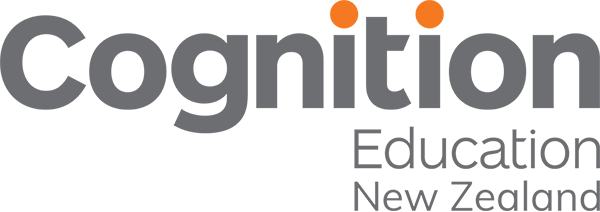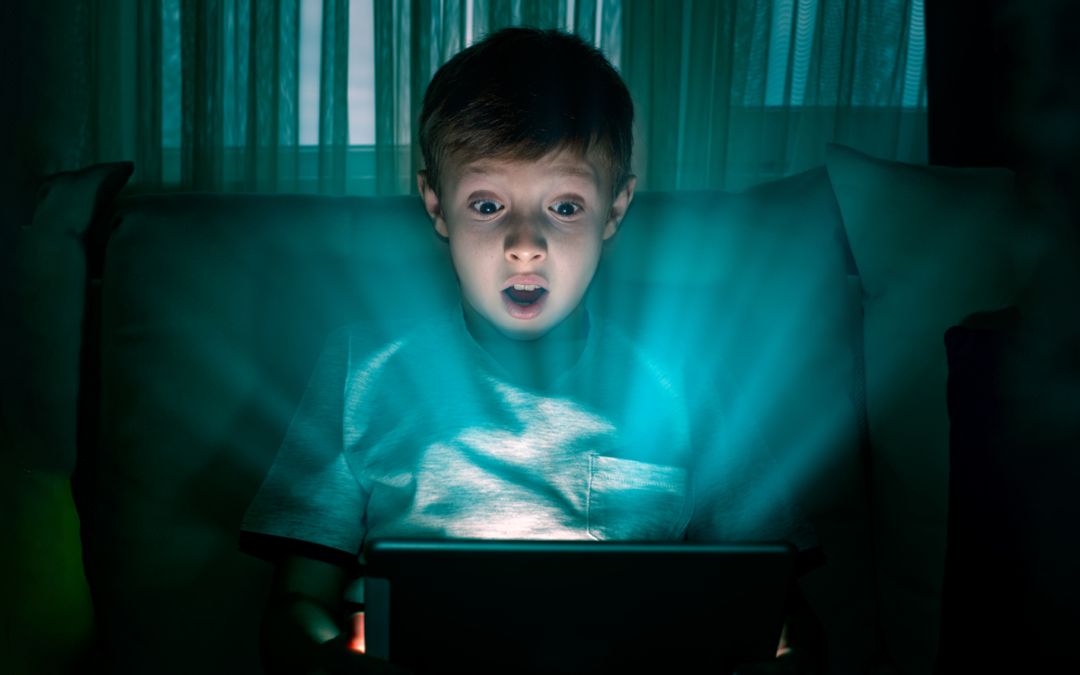The spread of COVID-19 has plunged countries into lock-down; and is testing the way we live.
Digital technology is now becoming the answer to many of our everyday questions as we navigate our new ‘normal’; how do we work from home successfully? How can we order groceries without going outside? How do we ensure our kids are still receiving an education without going to school?
Of particular concern to me is the impact that the new ‘normality’ is having on school children. Schools all over the world are shutting their doors and moving to a distance teaching/learning model that they weren’t necessarily prepared for, in the efforts to replicate a semi-normal school curriculum.
The speed at which we try to solve our obstacles reminds me not to hold technology as the solution to all problems. Professor John Hattie and Dr Arran Hamilton in their research publication, All that Glitters is not Gold, article came to conclusions about our current use of technology for teaching and learning:
“ … just because something is widely available and widely used does not necessarily mean that it is good for us. In education, we need to set the bar very high and ask what is the actual impact of all this technology in the classroom?”
In lockdown situations, I agree with Hattie and Hamilton; I don’t believe that the technology we have on offer today is the answer to our problems or our future silver bullet. But in the current times, we have no choice and must make the best of what we have. For now, technology is filling a gap.
Looking at how quickly online learning is unravelling, my observations are that unprepared teachers are trying to recreate their classrooms remotely. In usual circumstances, this philosophy would have been discussed, tested and iterated. With no pre-written manual on offer, as yet, we find ourselves jumping from a prototype straight to production.
In this moment, as there isn’t a code to follow, this crisis allows us choice in how we respond. I don’t know any teacher out there who chose their profession because it meant they could instruct children what to do from a keyboard and screen. Relationships, no matter how distant or how hopeless, are still key.
Structurally, the confines and perception of ‘a classroom’ has changed. Unprepared, we find ourselves communicating and working in a virtual environment. This new platform will be unfamiliar for some of us and come with many challenges. We need to be supportive, collaborative and creative.
In times of change, we need as many new ideas as possible. As an educational community, we have more chances at coming to an equitable and appropriate solution if we cooperate on a global level.
When the dust settles, and we have time to reflect on our actions, I look forward to seeing the educational community being agile, being better, and being ambitious. In the meantime, after scanning the best advice from other countries and communities around the world, here are a few suggestions and sensible starting points we could consider in order to make sense of what might become.
The Safety Net
Before students and teachers develop a new online learning relationship consider establishing a safety policy that: protecting students’ data and user names; highlights safe spaces for students and teachers to be located whilst engaging in online communication; makes explicit the teaching of digital citizenship habits along with the importance of balancing screen time on our health; ensures consent and agreement with whānau in providing a safe learning environment for tamariki at home; and considers how our most vulnerable student will be supported in this challenging time.
The Virtual Classroom
Now the bells have been silenced and walls and bus lines have evaporated, the school day looks very different. Established routines, timetables and attendance are the more obvious problems that will indeed have a solution if we think hard enough. However, the more challenging questions we should be asking ourselves will focus on the events that happen in school we don’t measure or grade against; our interpersonal communication.
Interpersonal communication is the very reason we value schools as a habitat for our young people. There is a reason we say, ‘it takes a village to raise a child’, a lot more learning happens (if never measured or recorded) in these ecosystems. The more experiences and relationships we expose our students to the ‘richer’ they become. The new problem we face is how do we fulfil these needs from behind a screen?
Make a list of things children and adults can’t get from an online or distance learning world. These significant issues are the ones we need to consider most carefully as we enter into the realm of online learning and social distancing. This is where the problem becomes ‘wicked’.
Service
Schools are the hub of communities. A biome of life that is full of support and advice for many. Educators rapidly innovate, problem solve and communicate thousands of issues in a school day. Consider all of the stakeholders’ expectations in your school, how many voices have now fallen silent? In these new stages of change remember to collect voice from all involved. However, you decide to create your new learning environment ensure it is still tailored to and done with your community. Make sure it still reflects your community’s language culture, school values and beliefs.
Stay Connected
Schools being closed will have an impact on our very ‘social’ habits of being human. Daily we take these small, but meaningful, interactions for granted. A smile from the school caretaker; chance to catch a parent face to face; a natter in the staffroom about the sparkly new coffee machine; so many chances for interaction both verbal and non-verbal. A week on from lockdown and already I yearn for those interactions.
Instead, I find myself already having eye strain and far too many emails in my inbox. A principal friend of mine took 8 days to reply to me from the UK as he said his daily inbox was reaching scores of 208 messages! Yes, we need to stay connected and collaborative, but there is also a need for balance.
With the flow of communication now being anytime, anywhere consider approaches in how to control it. How will you connect with so many people all at once in a meaningful space? How can you ensure we all don’t become keyboard warriors that jump to a task every time we hear a notification, or simply misinterpret the wording of an email?
Agree some ground rules: mix emails with face to face time; don’t forget our support staff; know when to down tools and spend time away from the computer.
Tristan Harris and his team and Centre for Humane Technology has some great advice on managing our balance of technology at work and at home.
Transformability – the capacity to create a new system or structure
This physical distance and time apart will help us reflect on what we do as educators. We need to use this time wisely and be kind to ourselves. Looking at our classroom content and curriculum coverage, which of those subjects or tasks have helped prepare our students for this global crisis we find ourselves in? Maybe it is a great time to think about what a ‘teacher’ does. I wonder what content in particular we’ve been teaching our learners is important now in this changing landscape.
Time to deliberate on our future learning needs is vital, time at home in our ‘bubbles’ will have been revealing, but eventually we need to think about the future that lies ahead.
Learning Without Limits or Pandora’s Box?
Decisions in a crisis get made quickly. Laws are changed and suddenly we forget what ‘the old life’ was like. What happens when we change our preferred method of communication? Suddenly we realise we have taken for granted the amount of human contact we used to have daily: the hugs; the coffees; hongi; handshakes; smiles; kisses with people we haven’t seen for a while; sharing of kai with whānau and strangers.
What happens when we substitute human emotion and contact with screens? What happens when schools, work forces and universities go online?
Now life and learning is one big science experiment. There is no rule book or Pandemic Policy that was waiting for this moment. However, we do have the opportunity to learn from it. We can be more prepared ‘next time’. Start writing a list of things that worked well, things that need addressing, and questions you need answering. Be proud of yourselves for coming this far.
When this is over, what changes can we make to continue to be the best humans we can be?
References
Horn, R. E., & Weber, R. P. (2007). New tools for resolving wicked problems: Mess mapping and resolution mapping processes. Watertown, MA: Strategy Kinetics LLC.
Hattie, J & Hamilton, A. (2020 forthcoming). Not All That Glitters is Gold: Can Education Technology Finally Deliver? Los Angeles: Corwin Press and Cognition Education.

